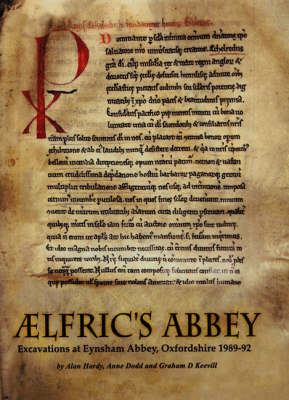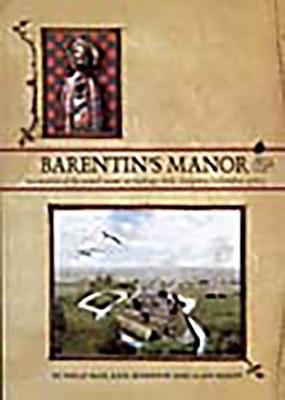Thames Valley Landscapes Monograph
2 primary works
Book 16
The minster church at Eynsham, Oxfordshire, was founded in the 7th or 8th century and refounded in 1005 as a Benedictine abbey. The excavations carried out by Oxford Archaeology revealed substantial remains of the abbey, tracing its history from its foundation until the Dissolution in 1538-9. The excavated precinct buildings included part of the Great Cloister, refectory, kitchens, cellars, domestic range and latrines. A programme of geophysical survey was carried out in addition to the main excavation in order to study as much as possible of the abbey's inner and outer wards, and to place the excavations in their wider context. The recovery of archaeological evidence at the site, combined with a study of documentary sources, has provided a rare opportunity to study in depth the development and economy of a major religious house from its origins through to its demise. This large volume is the final report on the excavations. It includes chapters on the stratigraphy of the site, the building materials, the small finds, animal and botanical remains, human skeletons, and a comprehensive discussion of the sequence of occupation at the site, from the Anglo-Saxon through the medieval and post-medieval periods.
Book 24
Archaeological investigations at Harding's Field, Chalgrove, revealed the remains of one of the most complete examples of a moated medieval manor yet excavated in England. Evidence of a pre-moat occupation dating from the first half of the 13th century, which may not have been seigneurial, was succeeded in the mid 13th century by the construction of the moated manor house. The documentary evidence indicates that this house belonged to the Barentins, a prominent Oxfordshire family. The manor underwent considerable alterations and improvements during the following 200 years, particularly during the early part of the 14th century and, to a lesser extent, in the late 14th and early 15th century. It passed out of the hands of the Barentin family shortly before it was demolished in the late 15th century.

